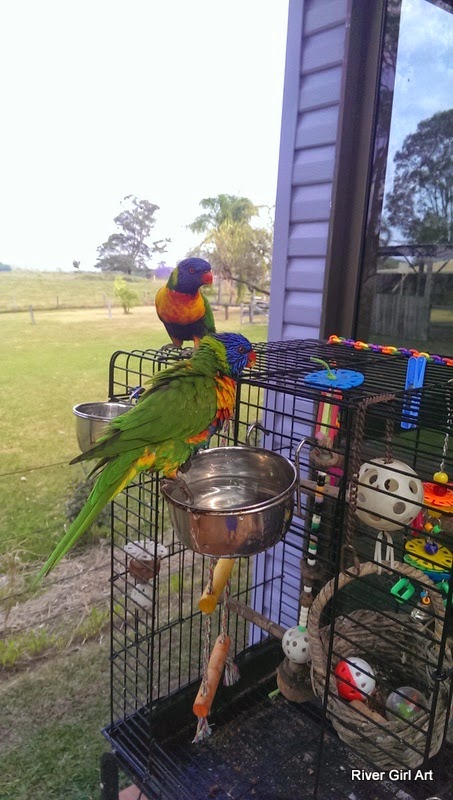Archaeology...
It’s that thing you always hear about on the radio and see on the screen but what is it really?
Easy- you may be saying. It’s where young men brave the wild and find huge treasures right?
Well no, it’s not that easy.
First there is the step of understanding what you want to find because you can’t just go in and hope to find something.
It’s that thing you always hear about on the radio and see on the screen but what is it really?
Easy- you may be saying. It’s where young men brave the wild and find huge treasures right?
Well no, it’s not that easy.
First there is the step of understanding what you want to find because you can’t just go in and hope to find something.
You also need money
without funding there would be no archaeology on the screens or in real life For
instance Howard Carter thought he knew where King Tutankhamun’s tomb was but didn't have
the funds so he got a rich Englishman to fund his work. Years went by
with nothing significant found and Carter had to keep going back to Lord Carnarvon seeking more funding and at times he had to beg for financial support to keep following his dreams. There were a couple of times when Lord Carnarvon said it had to stop, no more funding but Carter persuaded him and eventually he did find the
tomb.
Another important part is research, after you know what you want to look for you need
to hit the books, find out where you have the best chance of finding it.
Once you have decided on the area you want to work, you need to survey it to find out where it could be and how best to get at it.
Once you have decided on the area you want to work, you need to survey it to find out where it could be and how best to get at it.
If you are lucky and well prepared after possibly 10 days, 10 weeks, 10 months or even 10 years or more there’s The Find the discovery moment
where you may get a nice amount of money for your find or you may keep it
sometimes you have to go 50/50 with the man/woman who funded your dig.




















